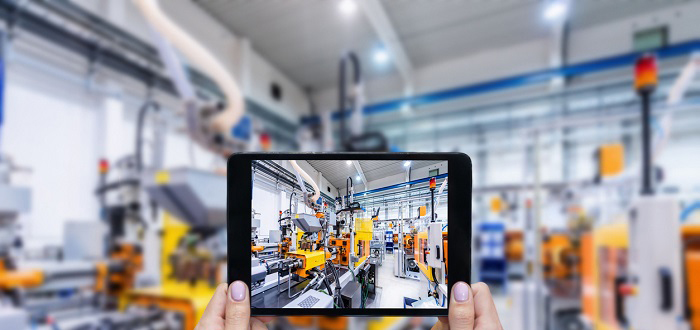-
ROSSLARE EUROPORT TARGETS HEALTH & SAFETY WITH CAMERA TELEMATICS PARTNERSHIP - 2 days ago
-
Landmark Study Reveals Wearable Robotics Significantly Boost Safety and Efficiency in Industrial Environments - July 24, 2024
-
Visku Tackle The Retail Seasonality Challenge One Pallet At A Time - July 22, 2024
-
KAMMAC AND BERGEN LOGISTICS STRENGTHEN FASHION & LIFESTYLE SERVICES IN THE UK - July 19, 2024
-
TENTBOX EXTENDS PARTNERSHIP WITH ARROWXL TO SUPPORT INCREASING DEMAND - July 17, 2024
-
The Perfume Shop improves customer journeys while driving profitability in partnership with Scurri - July 17, 2024
-
ZEROMISSION SECURES £2.3M ($3M) INVESTMENT TO ACCELERATE ELECTRIC FLEETS - July 16, 2024
-
BCMPA CELEBRATES SUCCESS OF 2024 CONFERENCE - July 15, 2024
-
Best of the Best: Jungheinrich Celebrates Triple International Award Win - July 12, 2024
-
GOPLASTICPALLETS.COM CALLS ON NEW CHANCELLOR RACHEL REEVES TO CONSIDER PLASTIC PACKAGING TAX REFORM - July 10, 2024
Here’s Why You Should Recycle These Electronics (and How)
Have you ever just tossed an old printer or an outdated smart phone into the trash? If you did, you’ve been making a waste stream mistake—and maybe you haven’t even realized it. All of those electronics are piling up in our landfills, to the tune of almost 12 million tons every year. It’s an increasing problem in the United States, and we’re only recycling a small percentage of it.
All of that recycling—even though electronics are small—adds up. Take batteries, for example. If you don’t dispose of them properly, heavy metals may leach out and end up in the water supply or the soil.
There are lots of different options for recycling those electronics. Some municipalities have drop-off sites. Sometimes you can mail things for recycling. Whatever you do, it’s important—and this graphic helps explain it in more depth.
Click to Enlarge Image


































